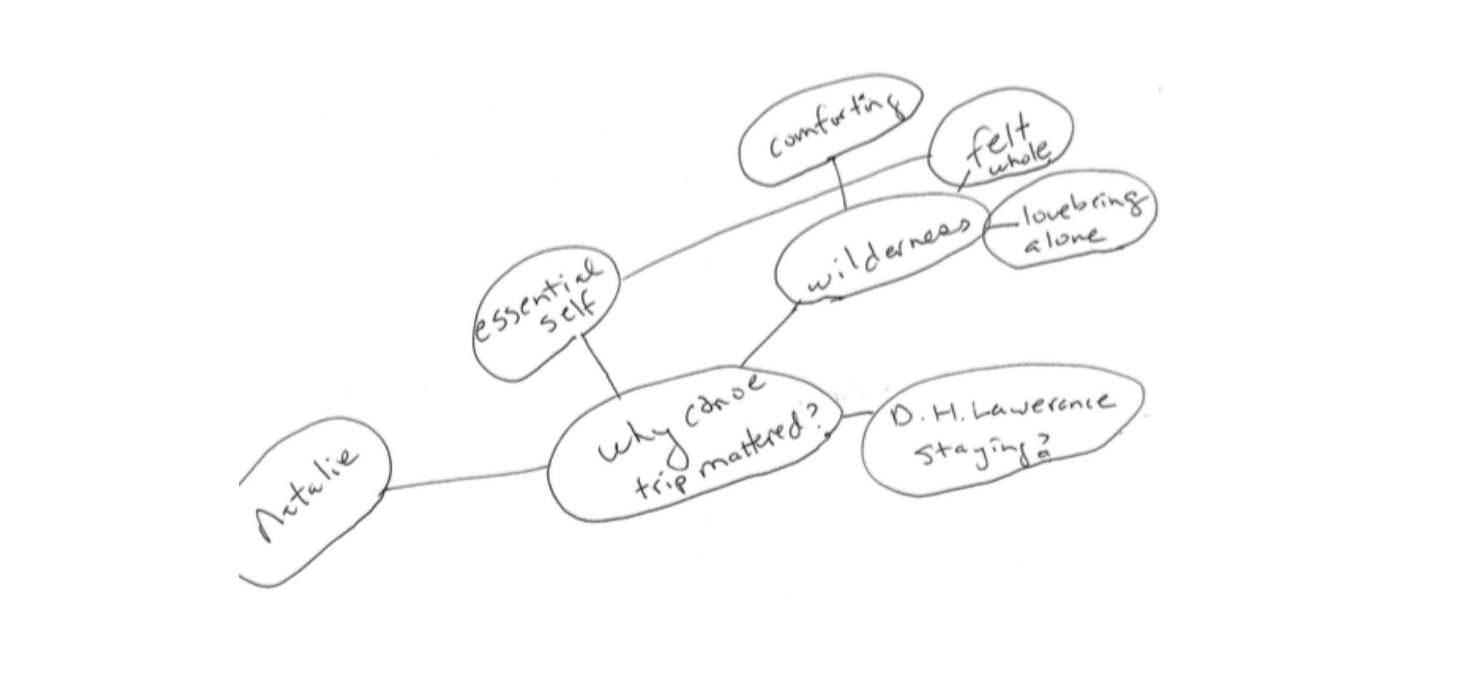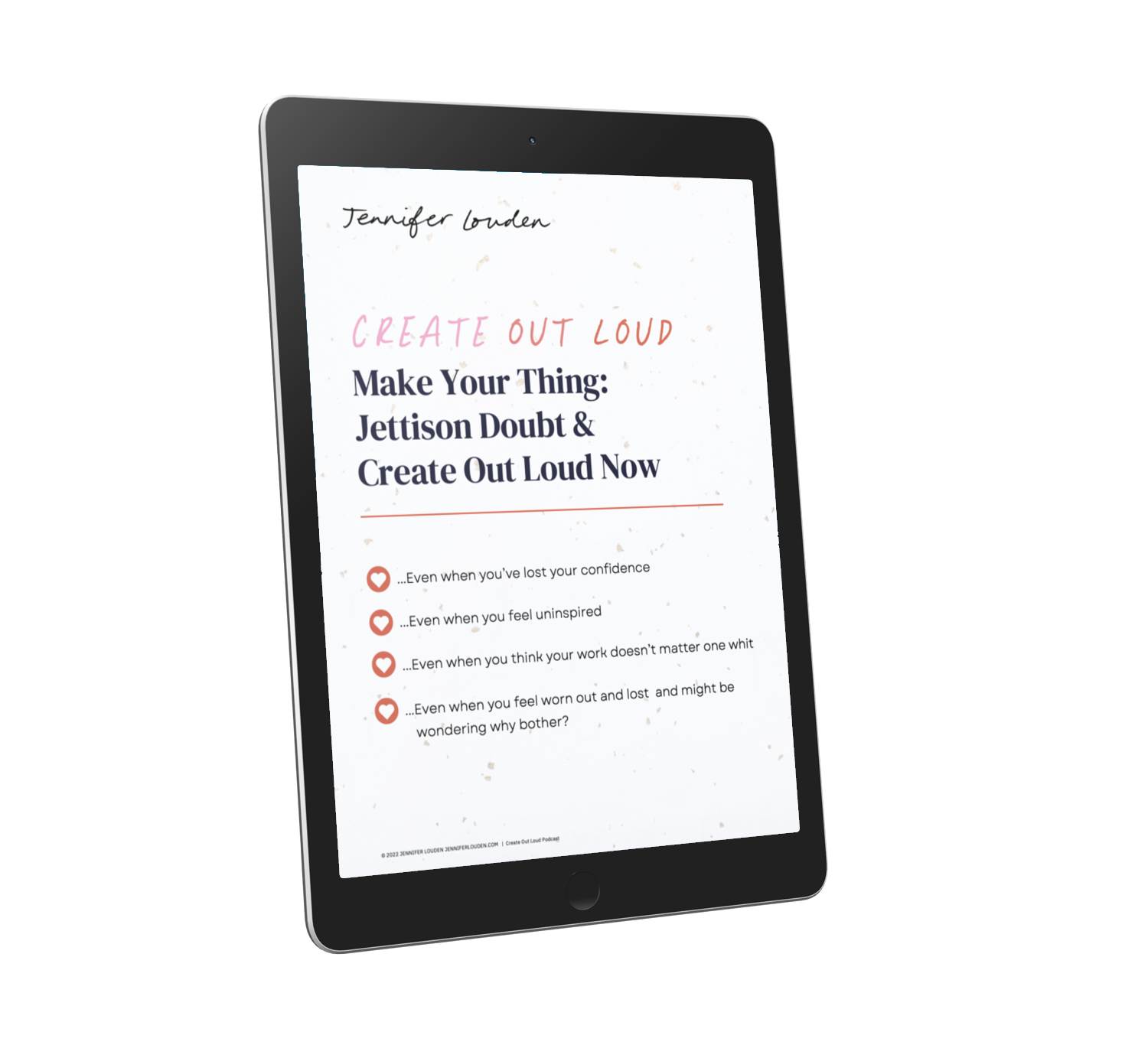Sometimes people come to my writing workshops and retreats because they need to write.
To build their business, to share their ideas, for an important work assignment, or because they have a story they must get out and into the world.
But they don’t like writing.
They may even hate it.
Perhaps they were shamed by a cruel 10th grade English teacher. Or their sister was the writer in the family.
Or they think writers must wear berets, smoke Gitanes, and love Shakespeare or Proust.
I love to work with these kinds of writers because I know it’s possible to get your writing done without eating every carb in the house and binge-watching The Crown.
See if any of these suggestions from my Writing Brave workshop help:
**
Find someone to talk to about the piece you want to write. Or talk out loud to yourself.
Record the conversation.
To record in person, use an app that transcribes like Dragon Anywhere. It’s expensive but accurate. Or use whatever recording transcription function your smartphone offers.
To record over the internet, create a basic plan account with Zoom. The basic plan is free and it’s very easy to use.
If you record in a way that doesn’t transcribe for you like Dragon Anywhere or other apps, use Google Docs Voice Typing to transcribe. It’s free and easy.
https://work.qz.com/1087765/how-to-transcribe-audio-fast-and-for-free-using-google-docs-voice-typing/ or try Trint.com (not free).
**
After this conversation, ask yourself:
What does this piece need to do for me? To get me sales? Explain to my executive team why a product isn’t working? Build my email list?
What does this piece need to do for my readers? Explain the benefits of buying my product? Generate buy-in from my executive team? Help my just right followers know they want more of my stuff?
Make a short list of what you need and what your reader needs.
**
Print out your transcript.
Highlight only what supports and fits with what you need to write. Leave the rest for another piece.
You may highlight chunks of text you can use as is, as well as isolated sentences, words, and phrases.
**
Remind yourself you’re not writing the only thing that will ever be said on this subject.
Remind yourself what you’re writing does not need to save a child from a burning building.
Remind yourself that beginning to write is not the same as writing the beginning.
In other words, lower the bar.
**
Cluster any words and phrases that you need to know more about. This is optional but so effective. I do this for almost everything I write.
Write the word or phrase in the middle of a sheet of paper. Circle it.
Write down the first word or phrase that comes to mind and circle it. Draw a line connecting the new circle to the first. Continue. Work fast.

As you write and circle new words and phrases (be brief!), draw lines back to the last word, the central word, or other words that seem connected. Don’t worry how they’re connected — the goal is to let your brain make connections without being linear!
The goal is not to make an outline but to mine this word or phrase and open it up in the context of your piece. Then set aside the cluster and start writing.
**
Write in chunks.
A chunk could be a few sentences or several paragraphs or more. It’s an exploration of one idea without worrying about where it fits in the overall piece.
Some chunks you will cut and paste from your transcript and lightly play with to make your point clearer, add examples, etc.
Some chunks you will write after you cluster.
Don’t concern yourself with the order. Don’t worry about knowing the beginning or end.
Do focus on what you need the piece to do for you and your readers. Stay focused!
**
When you feel like you have enough chunks or don’t know what else to say, print your pieces out.
Cut your chunks so each is on its own piece.
Lay them out on the floor.
Move them around looking for a flow.
Put an index card where you need a transition or where you feel a chunk or two is missing. If you have an idea that might go in the gap, write it briefly on the card.

**
Paste the chunks in a document in the order you’ve discovered.
Write any transitions you know are needed.
If you know you need something more, but you don’t know what it is, cluster the question “What does my reader need to know here?”
**
Read the whole piece aloud to yourself at one sitting without interruption.
As you read aloud, stop and verbally or in writing add a point or clarification.
**
Weave the new ideas into your document.
**
Do a final revision for clarity. You can also hire a copyeditor at this point. A great resource is Grad Student Freelancers.
**
Celebrate!!! You did it.
**
The point is not to follow my steps. The point is that you can make writing work for you.
You aren’t cheating if you talk your writing into your voice recorder.
You aren’t cheating if you transcribe.
You aren’t cheating if you need four conversations with different people to build out your first draft.
You aren’t cheating if you have a graduate student pull research for you or pull pieces of your transcribed conversations to use or edit your work.
What matters is that your voice and your ideas get out in the world. Own your process and get your writing done!
Love,
Jen

